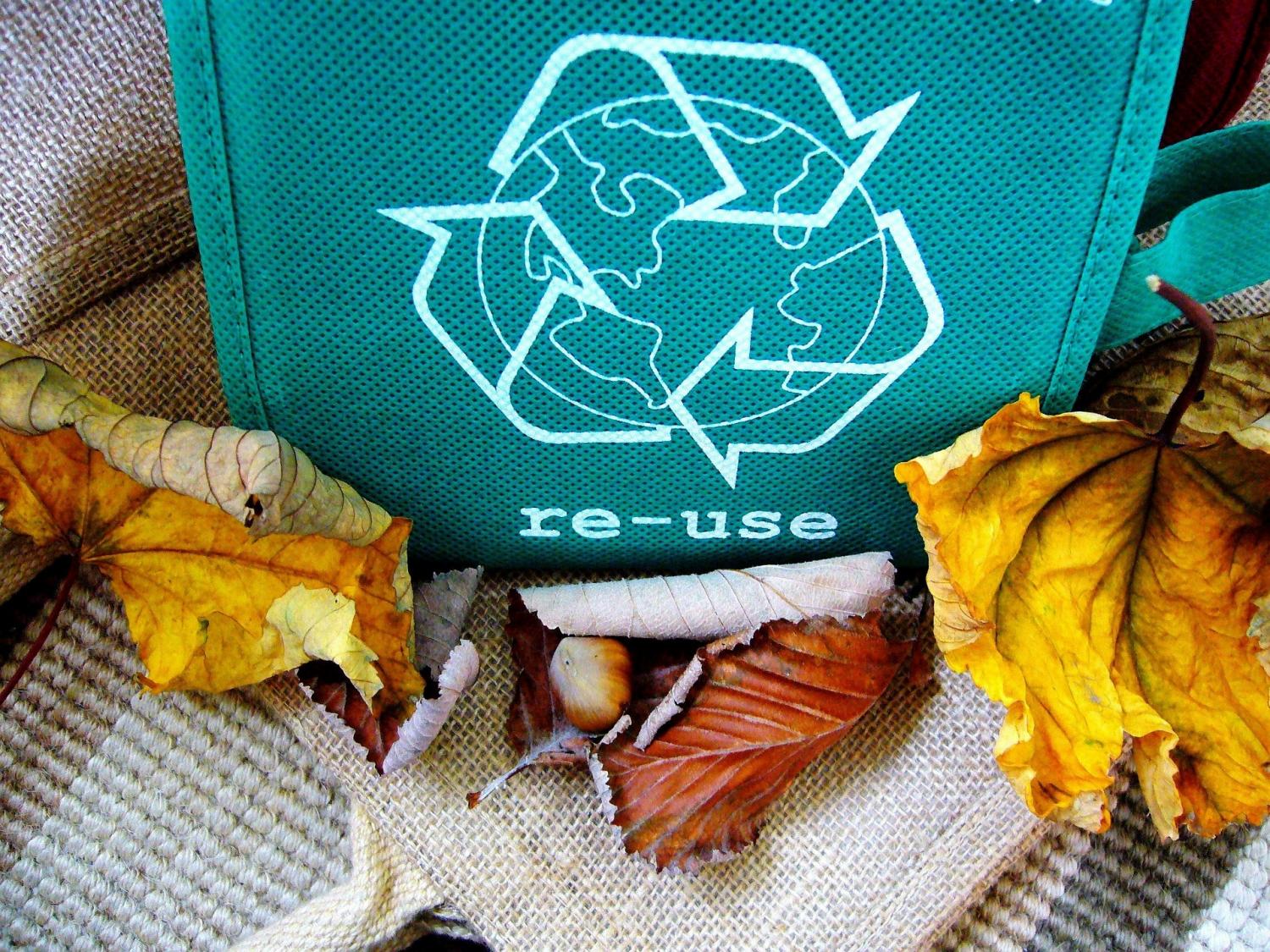
5 Ways to Reduce Your Home’s Waste
In recent years, we’ve seen a significant societal shift toward improving the quality of our Earth—and the quality of life of everyone living on it—by reducing our carbon footprints and making environmentally-responsible decisions on a daily basis. Individuals, families, and companies are increasingly choosing to “go green" for the sake of the environment and our planet, and it’s had a visible impact. According to the most recent Statistics Canada data, there was a 7% increase between 2012 and 2014 in the amount of waste that was diverted from landfills to recycling facilities, accounting for over 9 million tonnes of waste. This data shows that efforts on both the corporate and residential level are making significant differences, whether it’s the result of daily commuters who brew coffee at home instead of buying one on the way to work, restaurant chains that offer compostable take-out containers, or international corporations that power their factories and stores using solar panels.
While some people have made oaths to eliminate waste from their homes altogether by living zero-waste lives, this type of dedication can be extremely daunting, require significant time and effort, and be simply unfeasible for many people. Luckily, there are many other ways to effectively reduce the amount of waste you produce that require very small, yet effective, changes to your everyday routines. If you’re looking for simple ways to reduce your carbon footprint this year, here are five ideas that require minimal effort, but will have tremendous impacts in the long-run.
Reduce, reuse, and then recycle
Recycling is always preferred over throwing away waste and contributing to the hundreds of already brimming landfills in Canada; however, to truly reduce waste in your home and minimize your carbon footprint, recycling should be your last resort. The truth is, there are many products we purchase—from clothing to kitchenware to packaged foods—that can be repurposed and reused on a daily basis as a cost-effective and eco-friendly alternative to recycling. By reusing everyday household items instead of recycling them, you can reduce the amount of waste you produce while simultaneously reducing the amount of new products you need to purchase.
A few clever ideas for repurposing household products include reusing empty pasta jars to make homemade candles, hold bulk food items, or create outdoor patio lights; turning old rubber boots into flower planters; or cutting up old shirts to use as wash rags, headbands, or even tote bags. When it comes to reusing and repurposing old products, a little creativity can go a long way while significantly reducing the amount of waste that ends up in your garbage and recycling bins.
Make a meal plan and stick to it
Food waste continues to be a huge problem in Canada and requires far greater attention than what it currently receives. In Canada alone, an estimated $31 billion worth of food is wasted each year, and almost half of this food waste comes from homes. On average, Canadian households waste about $28 worth of food each week—working out to $1,456 annually—and about 80% of this food waste is still completely edible.
To minimize these statistics, try to make a meal plan before heading to the grocery store so you have a better idea of exactly which foods you need, and how much you will actually eat. This will help ensure all the food you buy is used, resulting in less food waste while also saving you money.
Be conscious of unnecessary packaging
Speaking of grocery stores, it’s no secret that the majority of the products we purchase from our local grocers are packaged in excessive amounts of plastic, Styrofoam, and wrappers, which inevitably end up in the garbage immediately after we consume them. Even buying produce—which is biodegradable and inherently waste-free—can create unnecessary waste, especially when we use several plastic produce bags in one grocery trip to separate our apples, pears, avocados, and other fruits and vegetables.
To cut back on this unnecessary waste, keep reusable grocery bags in your vehicle, purse, or backpack at all times so that you don’t have to resort to using (and paying for!) plastic bags at the grocery store, and try to buy in bulk whenever possible. Also, try to avoid products that contain individually-wrapped items, such as single-serving yogurt containers, granola bars, snack bags, and juice boxes. Instead, buy larger quantities of these products and use reusable Tupperware containers to divide them into individual servings once you get home.
Cancel your magazine or newspaper subscription and read them online
This might be a deal-breaker for some, and it’s understandable—sitting down with a cup of coffee in the morning to read the daily newspaper is simply second nature for many people. And while the newspapers and magazines we receive in the mail are recyclable, many of them are now conveniently available online and through smartphone apps, from Maclean’s to Sports Illustrated and just about everything in between. It’s never been easier to catch up on global or local news, find out what your favourite celebrities are up to, or get your Saturday morning cartoon fix without having to dispose of any waste after you’re finished reading. Even better, apps allow you to do all of these things on-the-go, saving you time and money in the long run. So instead of renewing your monthly subscription, try going digital to minimize the amount of paper in your blue bin.
Please, please, PLEASE stop buying plastic water bottles
This plea has been made for years now, but it requires constant reinforcement as it is still a significant problem in Canada. Yes, plastic water bottles are recyclable; however, currently only about half of all used water bottles are recycled properly, with the other 50%—which accounts for approximately 65 million water bottles each year in Canada alone—being thrown in the garbage. Eventually, these millions of water bottles make their way to landfills where they can take up to 1000 years to even begin composting. And if they don't end up in landfills, they will likely be dumped into the ocean where they will be broken down and consumed by hundreds of thousands of fish, which will inevitably end up—you guessed it—in the food we eat.
As Canadians, we live in a nation that is among the top 5 countries in the world with the most freshwater per capita. This means we are lucky to have fresh, clean, and safe drinking water available for our consumption year-round. Lake Ontario alone provides enough drinking water to account for almost half of Ontario’s residences—including Toronto’s population of over 2.8 million! So please, for the sake of our planet and your wallet, invest in a $15 water bottle and help make our land and sea cleaner for future generations.








